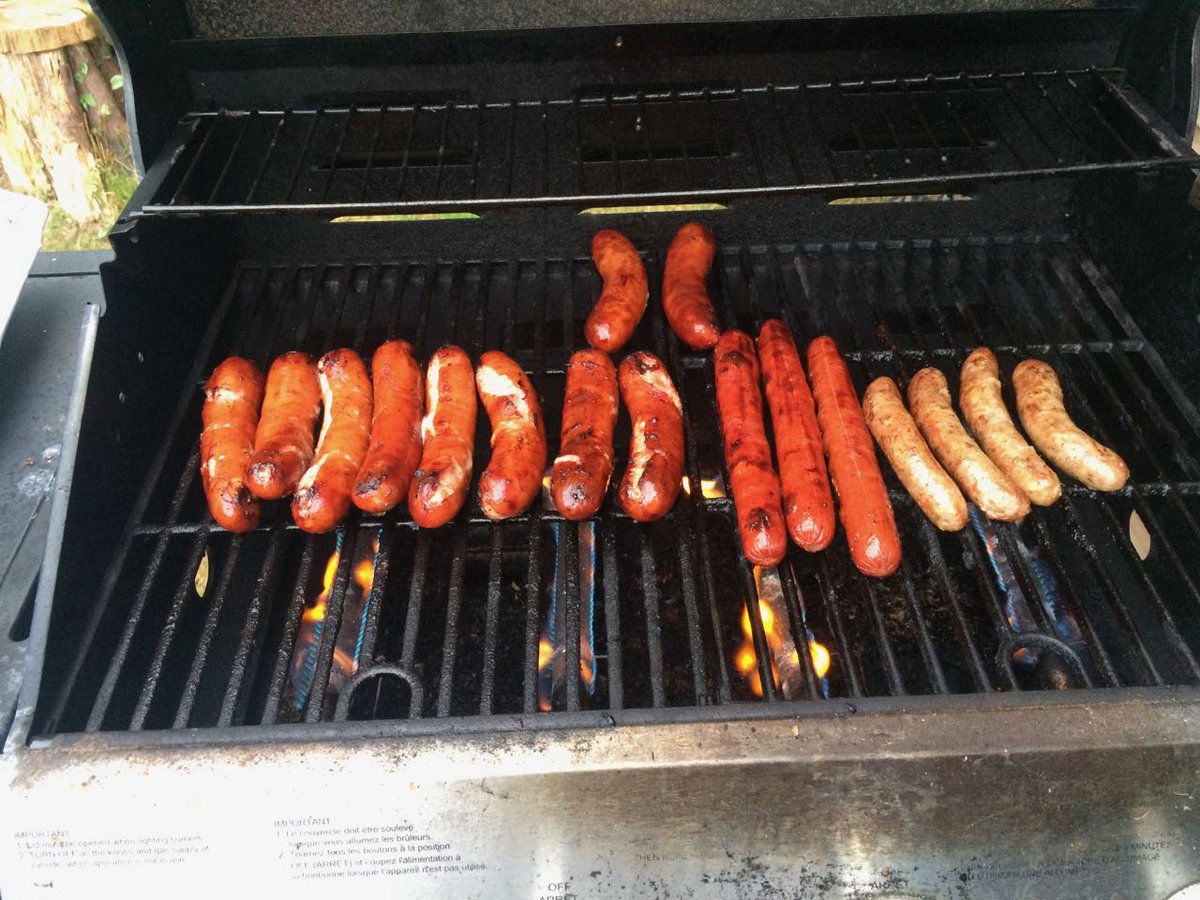1/6 Rented kayaks while on Hornby, first time out of Fords Cove. We usually do Tribune-Helliwell-Flora Island. Was a great trip! Thanks to Jade for renting to us with her 1 week old baby in tow! #HornbyIsland 





2/6 First time making landfall on Norris Rocks. Great lunch spot. Interesting to see all the gull nests, just circles of seaweed with three eggs. Without the eggs, would likely not have known. #HornbyIsland 





Gulls
4/6 lots of seals in the vicinity. Many were curious of the kayaks when they were not just lying around basking. #HornbyIsland 



5/6 seals #HornbyIsland
6/6 This was followed by the traditional oyster fry up steamed clams extravaganza, followed by even more food! #HornbyIsland 





• • •
Missing some Tweet in this thread? You can try to
force a refresh































